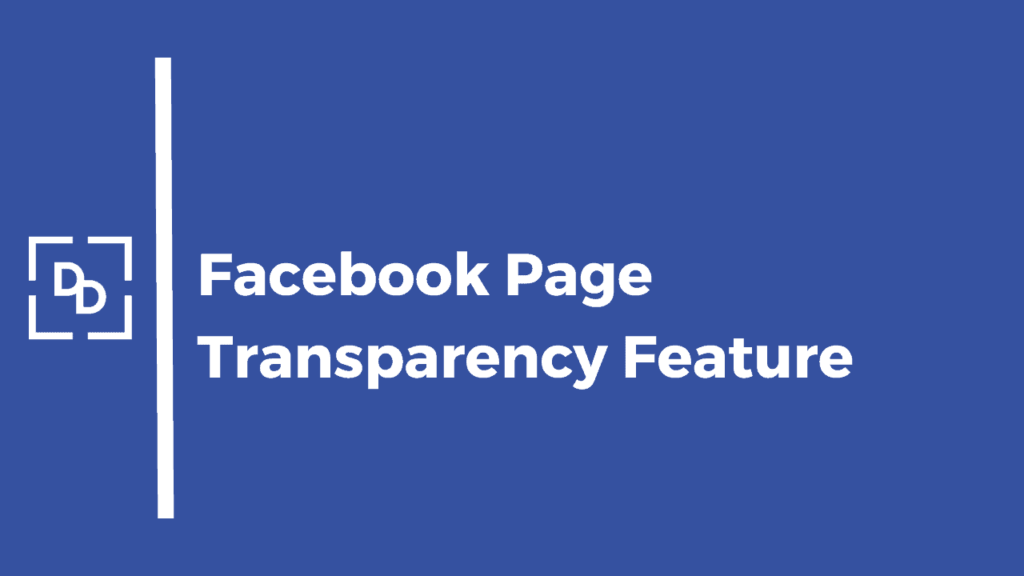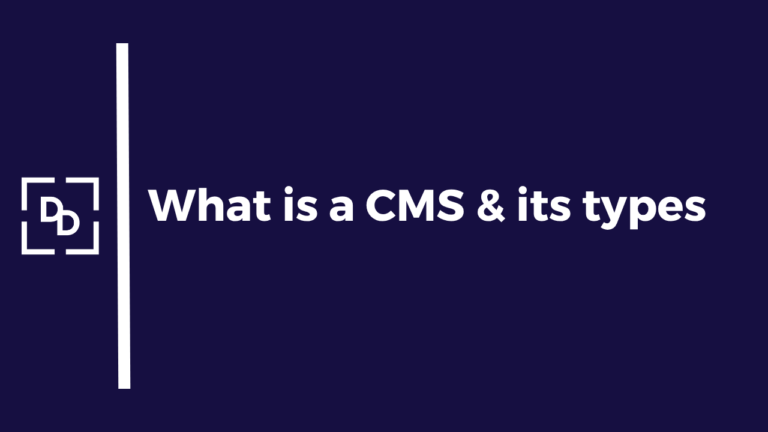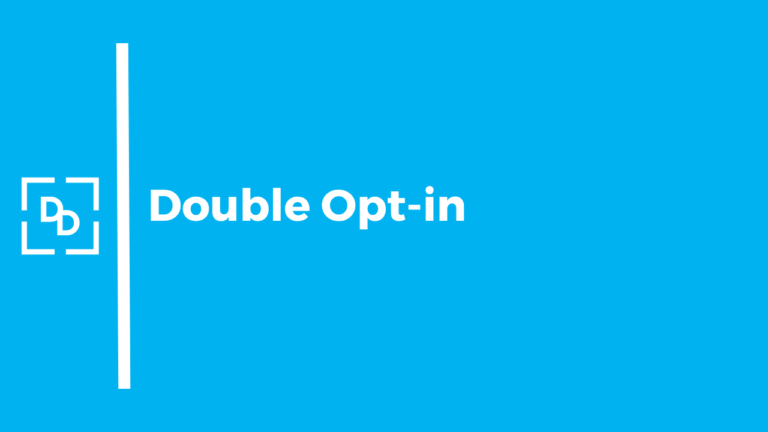Table of Contents
Highlights
- With the aim of being more open and responsible, Facebook has introduced a Transparency Feature. This move is to meet the requirements set by the European Union’s Digital Services Act (DSA).
- Among its new tools are an expanded ad library, insight cards powered by AI, and ways for people to tweak how they use Facebook and Instagram.
- For those digging into research, there’s now access to Meta Content Library and API. This opens up a lot of publicly available content for them.
- When it comes to ads, users will notice they have more say in what they see. Especially teens between 13-17 years old will see some changes aimed at protecting their interests.
- Facebook isn’t stopping at just showing you ads differently; it’s also making its processes around content moderation clearer. Users can expect more details on why decisions were made about their posts or when using certain features.
In the wake of criticism that Facebook does not work enough to make sure advertisers are not spreading hate messages, influencing presidential elections etc, the social media giant back in 2018 announced that it has decided to give users more information about the ads they see and the businesses and organizations with pages on the site with the new “Facebook Transparency” feature .
In this blog, we will discuss what this feature is, where you can find it and how you can benefit from it.
What is Facebook Transparency Feature?
The Facebook transparency feature is a tool that provides greater insight into political advertisements that appear on the platform.
It was introduced in response to concerns about the spread of misinformation and the influence of foreign entities on political elections through online advertising.
The feature requires advertisers to confirm their identity and location and to provide information about who paid for the ad. This information is then displayed in a “Paid for by” disclosure that appears next to the ad.
Additionally, a database of political ads is maintained on the Facebook Ad Library, where anyone can search and view information about the ads, including the target audience, budget, and number of impressions.
By providing more transparency about political advertising on Facebook, the company hopes to help users make informed decisions about the content they see and to increase accountability for advertisers.
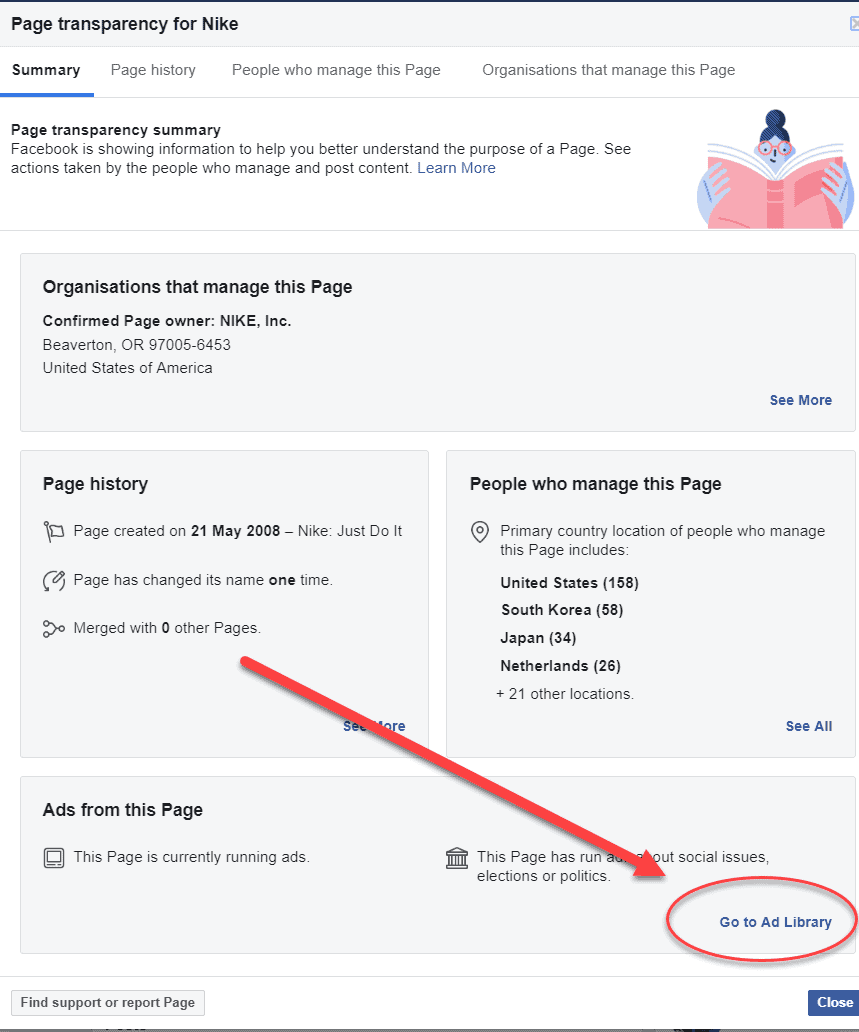
What’s the benefit of this feature
- Allows you to access to check brand page summary like which includes “page creation date”, page name, merger with other pages
- Lets you know if there are any ads running currently by this page
- Provides access to the page’s Ads library
- Shows the active ads run in each country, ad type (single image, carousel, video etc), ad copy, ad start date, ad creative, ad versions
- It also lets you filter the ads for each platform i.e. ads runs on Facebook, Instagram, Messenger or Audience Network.
- You can also filter by ads by Impressions
- It also lets you copy the ad link ad report an ad (able to mark an ad as inappropriate or offensive)
- Finally, it also shows from the locations the page is being managed from.
Being able to see all your competitor’s active offers and campaigns is a big advantage and can be used to create/modify your own campaigns, get new ideas, monitor what your competitor is up to and seize the initiative.
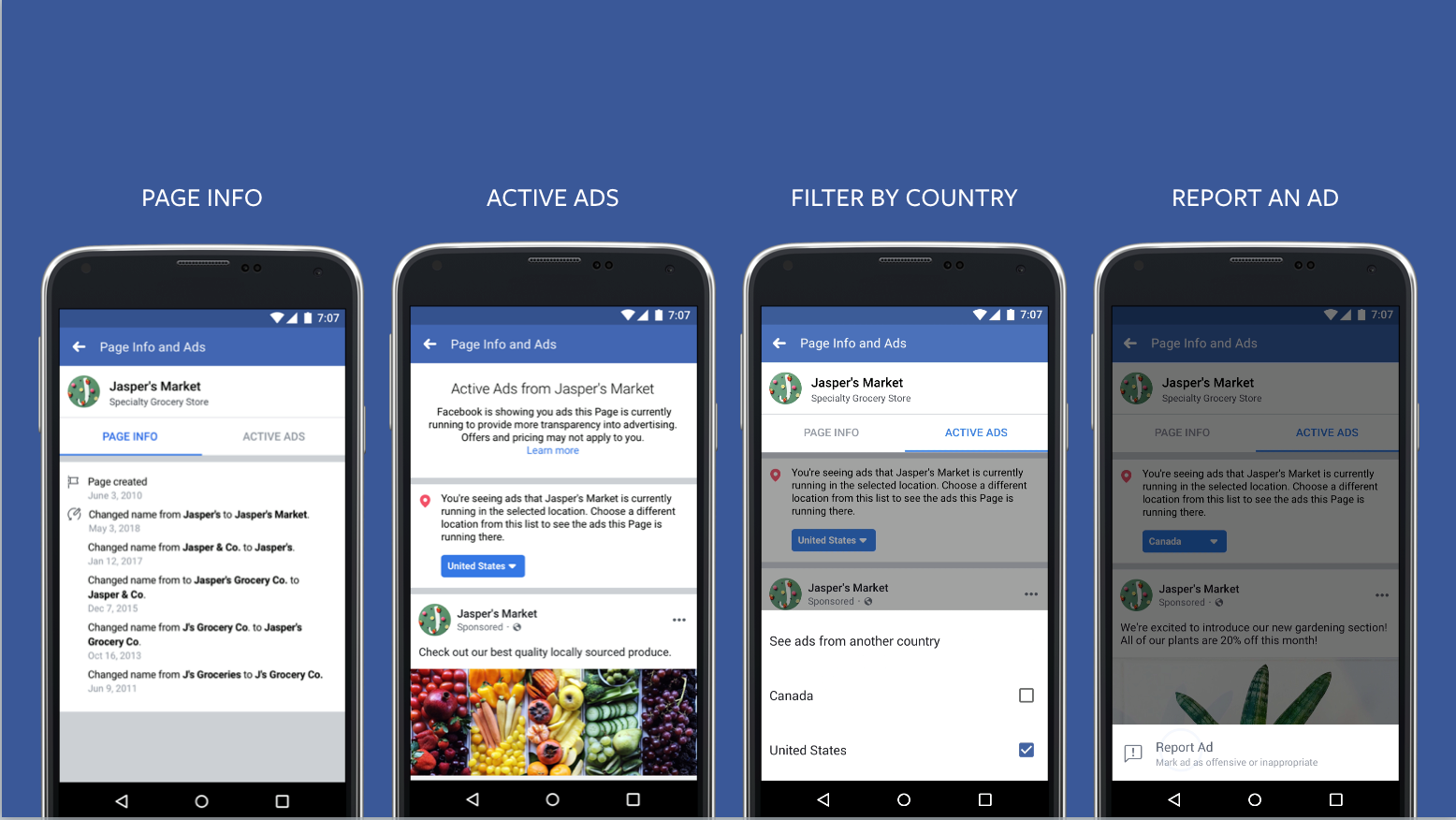
How to Access the New Facebook Ad Transparency Tool
Navigate to the page whose ads you want to research
On the right navigation panel, find the “Page transparency” and click on “See more”
A pop up will appear which shows the information related to the page.
Implications of the New Ad Transparency Feature
Facebook launched this feature taking into account its users first and advertisers second. Let’s take a look at the implications of this new feature for each of these groups.
1. Users Perspective
The new transparency feature is remarkable for users. By showing up all of the ads that a page is running, they may be able to find out discrepancies in one of a kind commercials in addition to spot conflicting ads.
On the more advantageous side, users might be capable of seeing ads aimed at audiences further down an advertiser’s sales funnel and may find out greater discounts or higher promotions.
For example, a savvy Facebook user, when targeted with an offer-primarily based ad of their newsfeed will/can then navigate to the page’s “Go to Library” segment and have a look at all the active ads and see if there are better offers available.
2. Businesses:
Business owners and Marketing teams are most likely to use the new ad transparency characteristic the maximum and take advantage of this.
Here’s how they can leverage this tool :
- Competitor research: With this new feature you could now see the precise ads that your competition are running. You can even click on the Call To Action (CTA) of the ads to take you to their landing pages where you may discover more information about the ad copy.
This means you could now see the content and the promotion that your competitor is advertising and might use/adapt this in your campaigns.
But simply do not copy everything from your competitor’s ads. You need to build your own ad copy as each business is unique and distinct.
Instead, use the findings of your research into the ads that your competitors are running, and enhance upon them. Make your commercials better. For example, you could use competition’ advertisements as concept for topics to then create your very own content material around and test its effectiveness.
Global Impact and Regulatory Responses
Facebook’s work on being open about what they do is making waves all over the world, pushing governments to react and make new rules.
What Facebook does in terms of showing how things work behind the scenes sets an example for other tech companies and helps shape discussions around being clear and responsible online.
With Facebook’s efforts to be transparent, reactions from governments vary a lot. In some places, there are now laws that demand more openness and detailed reports from online platforms, while others are still figuring out what regulations to put in place.
The big effect of Facebook trying to be more transparent shows us how important it is for websites like Facebook, government agencies, and groups that set rules to work together.
Conclusion
Although this tool will give advertisers a peep into what their competitors are doing, it won’t have significant impact as :
- Metrics such as ad targeting spend, comments, likes, shares, etc are not shown
- You cannot gauge how successful your competitor’s ads were due to limited data available
- There’s no guarantee of success just by copying your competitor’s ads
Regardless of one’s views on this feature, it is clear that by displaying your competitors ads, Facebook is providing you with some level of peek and helping you make informed decisions bout the content they see and to increase accountability for advertisers, regardless of the cause or agenda being promoted.
As technology and the online advertising landscape continue to evolve, it is likely that the conversation around the Facebook page transparency feature will continue to evolve as well.
To know more, check out the documentation from Facebook here
Subscribe to our Newsletter to stay updated on all news related to this topic. If you have any questions, email us on mail@digital-doorway.com
Need Help?
Need help with Digital Marketing? Book a Discovery call with us
Frequently Asked Questions
The feature applies to political advertisements, including those that relate to elections, political issues, and candidates for office
There have been mixed reviews:
On one hand, the feature provides greater visibility into political advertisements on the platform, which can help users make more informed decisions about the content they see and can increase accountability for advertisers. This can help to reduce the spread of misinformation and the influence of foreign entities on political elections through online advertising.
On the other hand, some people have expressed concerns about the limitations of the feature and its potential impact on political speech. For example, some have argued that the requirement to verify identity may create barriers for smaller organizations and individuals who want to run political ads. Additionally, some have raised concerns about the accuracy and fairness of the process for determining what constitutes a political ad.
Overall, whether the Facebook page transparency feature is a good feature depends on one's perspective and the specific context in which it is being evaluated.
Facebook uses a combination of automated systems and human review to determine if an ad falls under the category of political advertising. The company considers various factors, such as the language used in the ad and the issue or candidate it relates to, to make this determination


